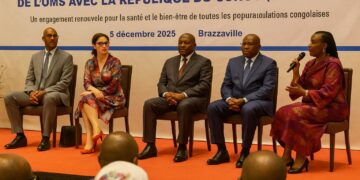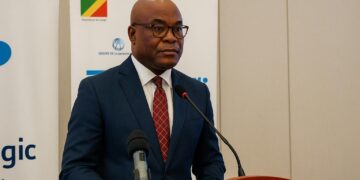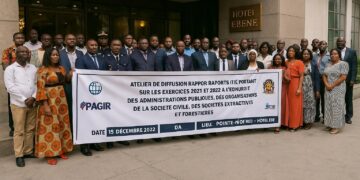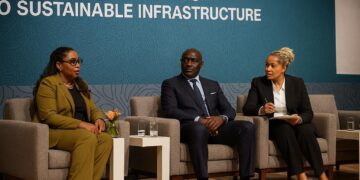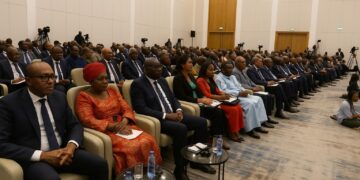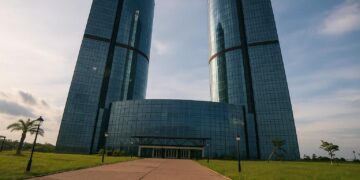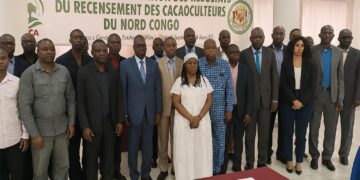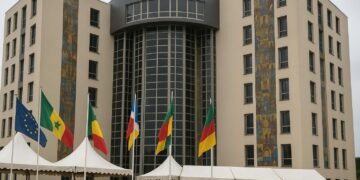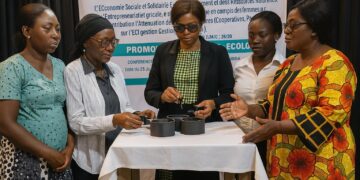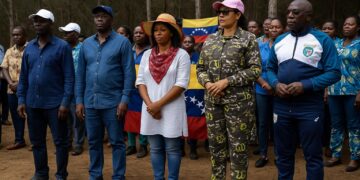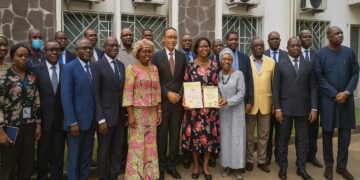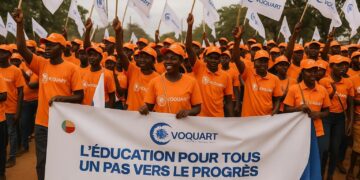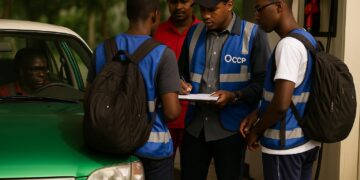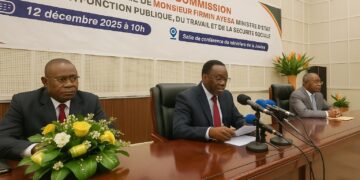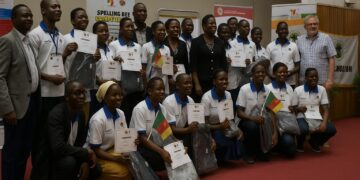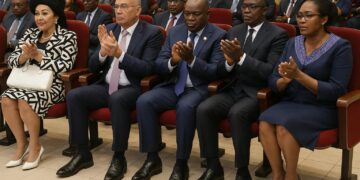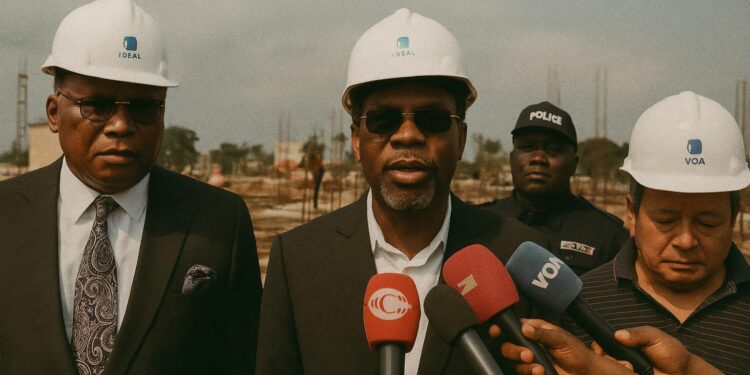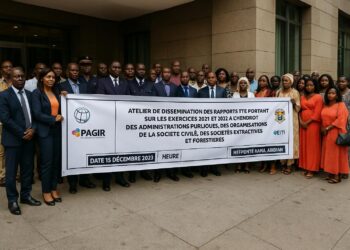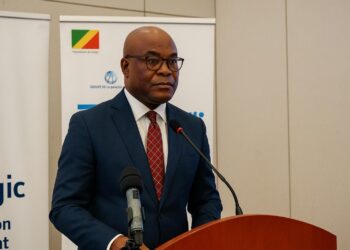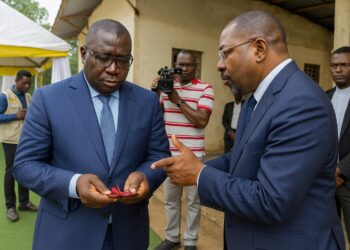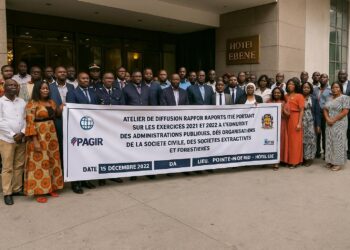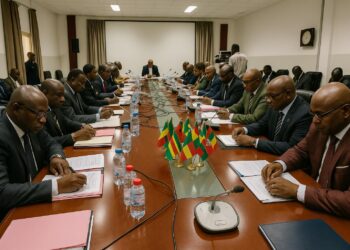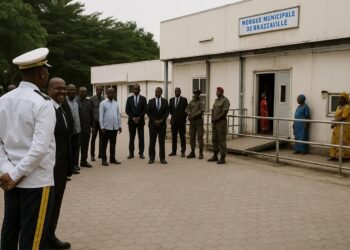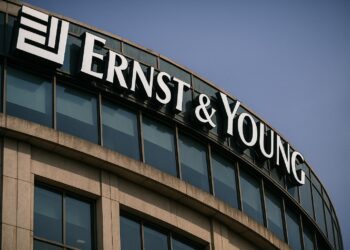Context of Urban Commerce in Congo-Brazzaville
For decades, Pointe-Noire has served as both the economic lung of Congo-Brazzaville and the strategic maritime gateway to Central Africa. The city’s traditional open-air markets, while vibrant, have struggled to keep pace with demographic growth estimated at 3.7 % annually by the National Institute of Statistics. Congestion, informal sprawl and sanitary challenges have frequently undermined municipal efforts to enforce modern urban standards. Against this backdrop, President Denis Sassou Nguesso’s 2018–2022 National Development Plan accorded high priority to rehabilitating commercial infrastructure, a policy strand reaffirmed in the current five-year cycle (Ministry of Planning, 2023).
Technical Scope of the Pointe-Noire Market Projects
The flagship facility, commonly referred to as the Grand Marché Lumumba, is designed as a two-block structure rising three floors and offering close to five thousand trading bays. Plans include integrated cold-storage units, a supermarket core and designated restaurant terraces to foster formalised food-service clusters. Italian contractor Franco Villarecci, active in Central Africa since the early 2000s, leads construction under a turnkey contract concluded in 2017. According to engineers on-site, reinforced concrete superstructures have reached 95 % completion, while drainage canals—widened to sixty centimetres in line with updated hydrological models—are undergoing their final waterproofing.
Institutional Coordination and Financing Mechanisms
Minister of Urban Sanitation, Local Development and Road Maintenance, Juste Désiré Mondelé, has framed the schemes as exemplars of inter-ministerial coordination. Funding is sourced from a blend of national capital expenditure and a soft-loan envelope worth 32 million EUR facilitated through a bilateral framework with Italy’s Servizi Assicurativi del Commercio Estero, complemented by tax incentives issued under the 2021 Investment Charter. The Treasury’s mid-term budget review of May 2024 confirms that 78 % of scheduled disbursements have been executed, reinforcing Minister Mondelé’s public assessment that construction timelines remain “comfortably within the governmental roadmap”.
Socio-Economic Implications for Local Traders
The modernisation drive is expected to formalise a commercial ecosystem that the International Labour Organization estimates to be 82 % informal in Pointe-Noire. Officials project a revenue increase of up to 40 % for market-based vendors owing to improved logistics and consumer accessibility. In interviews, representatives of the Association des Commerçantes de Tié-Tié voiced cautious optimism, noting that the introduction of standardised stalls and electronic payment points “could finally give micro-entrepreneurs access to formal credit lines” if accompanied by tailored financial literacy programmes. Parallel discussions with the national microfinance regulator suggest that at least two cooperative banks are preparing pilot loan products pegged to the opening of the facilities.
Environmental and Public Health Considerations
Sanitation has been a central design parameter. The expanded drainage network feeds into a retention basin connected to the city’s new wastewater treatment plant co-funded by the African Development Bank (AfDB infrastructure note, 2023). Health authorities underscore that enclosed cold rooms will markedly reduce post-harvest losses for fish and perishables—commodities in which Pointe-Noire trades regionally through the Port Autonome. World Health Organization field officers consulted for this report argue that curbing spoilage aligns with Sustainable Development Goal 3 by lowering food-borne disease incidence. The decision to incorporate solar panels for auxiliary lighting further dovetails with the government’s commitment to raise renewable energy to 15 % of the urban mix by 2030.
Regional Significance and Diplomatic Outlook
From a diplomatic standpoint, the projects serve a dual function. Firstly, they project an image of macroeconomic stability at a moment when Congo-Brazzaville is negotiating the second review of its Extended Credit Facility with the International Monetary Fund. Secondly, they demonstrate to neighbouring states within the Economic Community of Central African States the feasibility of combining local-content policies with selective international partnerships. An adviser at the ECCAS Secretariat, speaking on background, suggested that successful delivery could become a blueprint for similar market rehabilitations in Libreville and Douala. It is noteworthy that Italian and Congolese officials intend to showcase the Grand Marché Lumumba during the forthcoming Italy–Africa Summit, underscoring the project’s soft-power value.
Timetable and Forward-Looking Assessments
During his 9 July inspection tour, Minister Mondelé expressed confidence that the Grand Marché Lumumba and the adjoining Marché de la Paix would be operational “before year-end, barring exceptional force majeure”. Satellite imagery reviewed by independent consultancy Geo-Track two weeks later corroborates visible roofing completion and ongoing interior partitioning. While unforeseen supply-chain delays cannot be ruled out, the current pace suggests inauguration ceremonies could coincide with December’s national festivities, offering a timely policy showcase.
For the broader Congolese urban agenda, the Pointe-Noire markets may constitute more than local success stories; they exemplify a governance model blending fiscal discipline, public-health safeguards and calibrated foreign investment. As regional observers evaluate the projects’ final rollout, the administration’s ability to maintain construction standards and operational transparency will likely determine whether these edifices stand merely as architectural statements or evolve into enduring nodes of inclusive growth.


